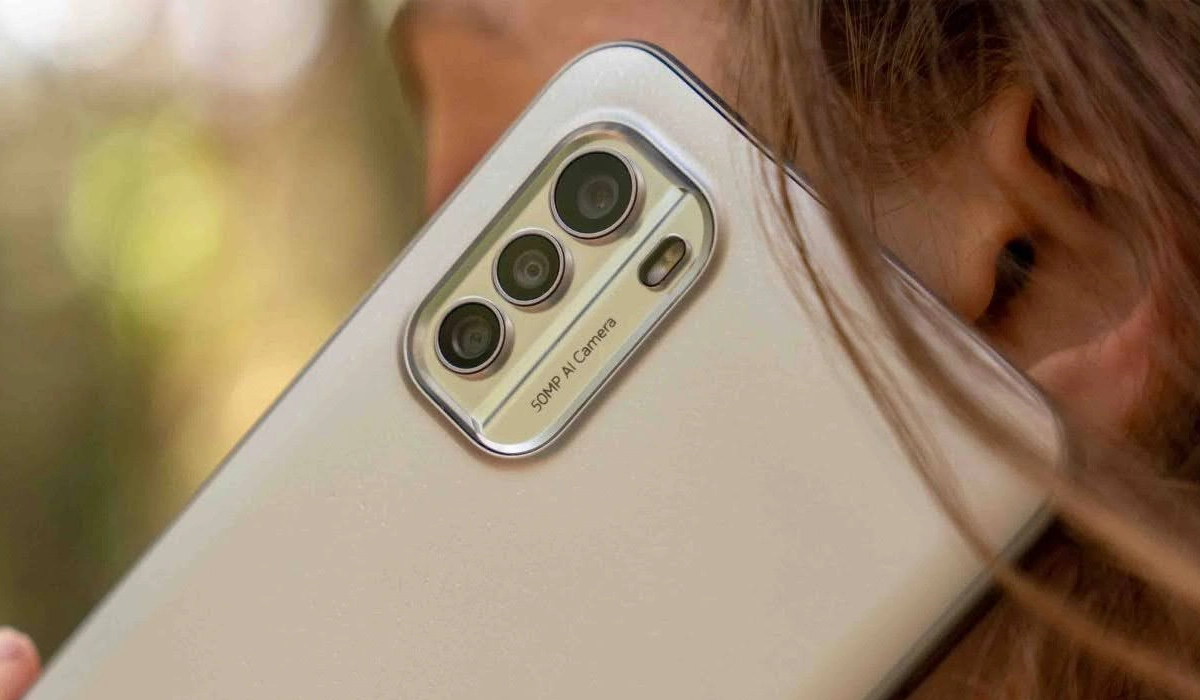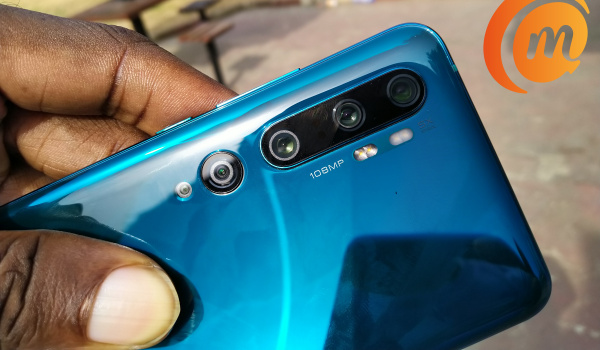Modern smartphone cameras have multiple types of lenses. Some have dual camera lenses, while some have triple, quad, and even penta camera lenses. Dual means two, triple means the camera has three lenses, quad means it has four lenses, and penta means it has five lenses.
Table of Contents
Dual Camera Phones
Most people are familiar with dual camera phones. The base iPhone models are examples of phones with dual camera lenses at the back. The non-Pro iPhones usually sport a wide angle lens and an ultra wide angle lens.
But not all dual camera phones use that combination. Some combine a wide angle lens with a macro lens, and others a wide angle lens with a depth sensor. It all depends on what the manufacturer has in mind.
Triple Camera Phones
The iPhone Pro series and the Pixel Pro series usually add a telephoto camera to the above mix, which makes them triple camera phones. Remember that I said triple means three? Yup.
So, these top models from Apple, Google, and Samsung (and other phone brands, too) tend to have a wide angle camera lens, an ultrawide angle lens, and a telephoto lens. Sometimes, the third is a telephoto periscope lens. Telephoto and periscope camera lenses are almost the exclusive preserve of premium flagship phones.
But budget smartphones also can have triple camera lens combination without telephoto/periscope lens. For example, Samsung Galaxy A35 which is on sale for about $325 right now in the US, has a wide angle lens, an ultra wide angle lens, and a macro lens. The third lens in a triple camera phone is usually dependent on the cost of the phone.
Quad and Penta Camera Phones
Between 2018 and 2022, there was a craze for quad and penta camera phones. Manufacturers tried to outdo one another by cramming as many camera lenses as possible into their phones. I owned a few quad camera phones and owned one Penta camera phone (Xiaomi Mi Note 10 Pro).
The Mi Note 10 Pro had a wide angle lens, two telephoto lens, one ultrawide angle lens, and a macro lens. While five camera lenses seemed like an overkill, this was an exceptional camera phone and the cameras performed admirably. You can check out my review. You can also have a 360-degree look in this YouTube video.
Anyway, the craze to cram as many camera lenses into phones has waned and cellphone brands are now content with dual or triple camera lenses in their phones. Once in a while, someone still announces and releases a quad camera phone, but it has become a rare practice. More is not always better.

Smartphone Camera Lenses Explained
Now that I have explained how cellphone brands combine different kinds of camera lenses in their phones, let’s look at each type and what they do.
Understanding Wide Angle Lenses
The main camera lens at the back of most smartphones is a wide angle lens. Its goal is to capture photos with a fair balance of details and coverage. Which makes the main camera of phones good for general photography, including landscape photos.
Understanding Ultra Wide Angle Lenses
But sometimes, you need to capture a wider field for view. Perhaps you are at a party or a football match or a basketball match and you need to capture a wide area, this is where an ultrawide angle camera is needed. It crams more people and a wider area into each photo.
Understanding Depth Sensor aka Bokeh Lens
What of a depth sensor? If you have a depth sensor on your phone, it isn’t exactly a proper lens in the sense that it captures an image. Rather, it is a sensor that provides extra information that allows the main camera to shoot portrait photos – photos with the blur phenomenon that is sometimes also called bokeh. Like the name suggests, it helps to add depth to the photos you shoot.
Understanding Macro Lenses
Macro lenses exist to capture tiny objects at extremely close-up range. Let’s look at an example: you spot a beautiful ladybug on your window sill and want to capture it. Or perhaps you want to capture the drops of water on a cold beer bottle. A macro lens is best suited for that job. Capturing tiny objects is the speciality of a macro lens.
Understanding Zoom Lenses
A zoom lens is a generic name for a telephoto or periscope lens. Both of these types of camera lenses are specialised at zooming into (magnifying) far away objects so they appear closer. They provide what you may have seen referred to as optical zoom.
There are two types of zoom – digital zoom which is achieved through software, and optical zoom which is achieved through actual zoom lenses. Optical zoom gets much better results.
Understanding Telephoto Lenses
A telephoto lens uses a single zoom lens with a longer focal point to magnify distant objects. It provides what is called optical zoom. You can use it to magnify a banner on a store front one or two blocks away. The zoomable distance depends on how powerful the telephoto lens is.

Understanding Periscope Lenses
A periscope lens is an advanced type of telephoto lens that uses not just a single zoom lens, but also a series of mirrors and a prism to provide much greater magnification than a regular telephoto camera lens does.
While a telephoto lens can do 2x or even 3x optical zoom, a periscope lens can do up to 10x or more optical zoom. This allows for magnification of greater quality and over longer distances.
Pay Attention To Your Needs
If you are particular about smartphone photography, you will definitely need to pay attention to the different kinds of camera lenses specified for any devices you are interested in.
Don’t forget that pretty much every modern smartphone has a wide angle lens as its main camera. Most also have an ultrawide angle lens as the second camera lens. Others have a depth or macro sensor.
Telephoto lenses are expensive and periscope lenses even more so. Which is why these types of camera lenses are found mostly in the most expensive smartphones. Some upper mid-range models now feature a telephoto lens, though, so that feature is beginning to trickle down.
Let me know if you have any questions about smartphone camera lenses and I will do my best to provide helpful answers.